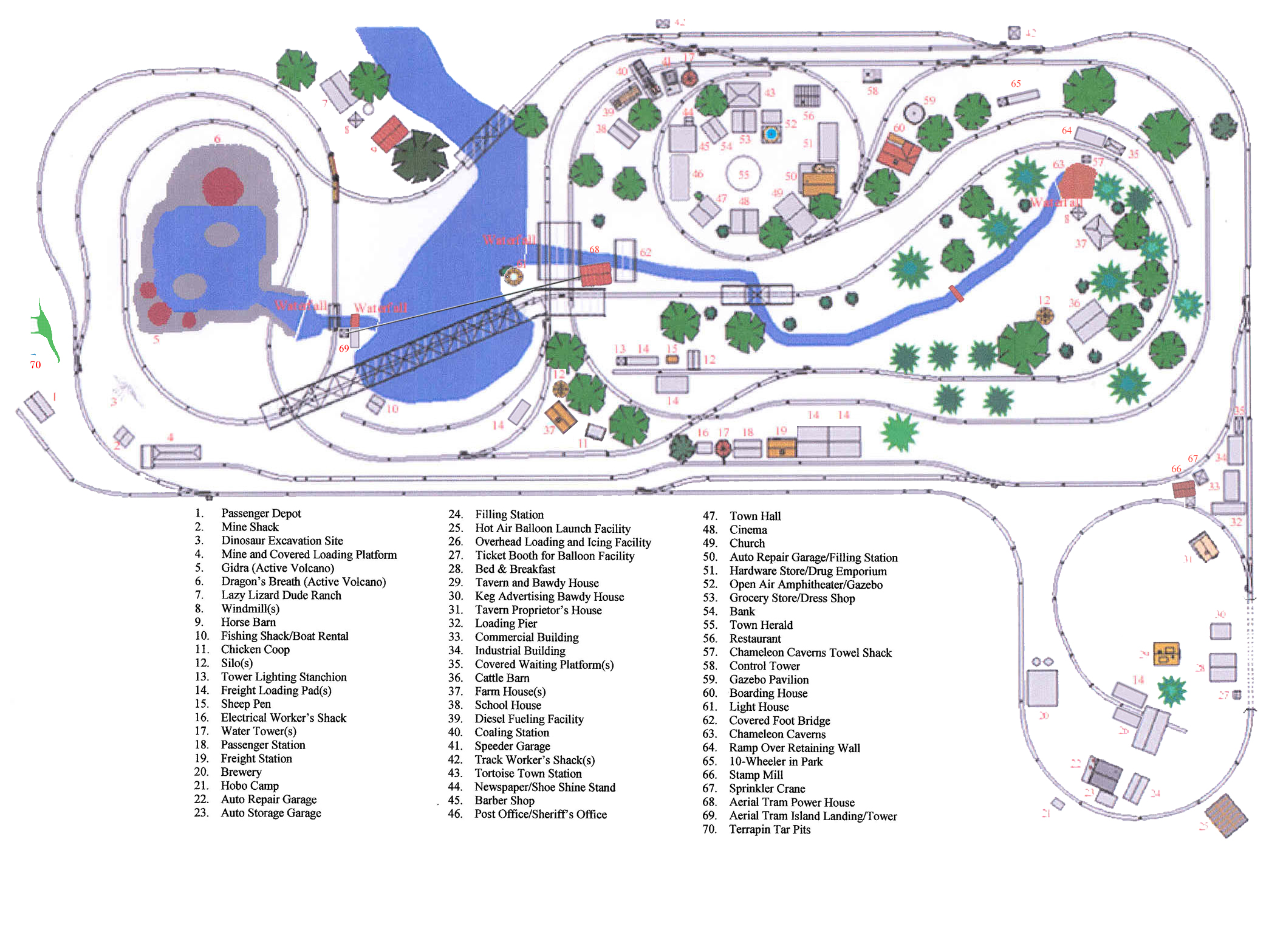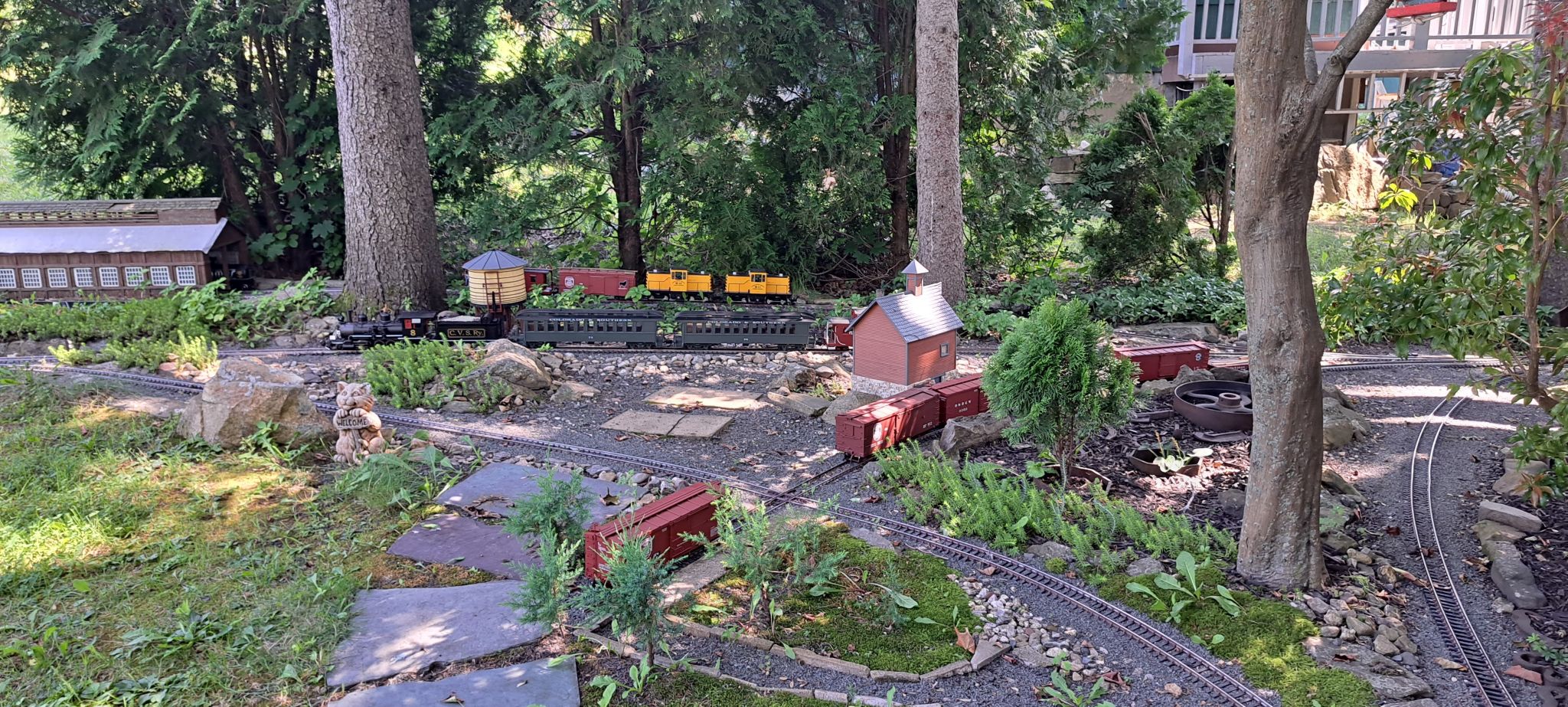It seems to me from my limited research, that railroads would avoid diamond junctions, AKA level junctions, AKA Flat crossings in their system if they could.


I’m going to have to place one, maybe two or more diamond crossings so I can fit both point to point and roundy-round operations in the two raised garden beds as the beds will eventually be connected by a double track bridge.
Does anyone have any opinions or advice on using diamond crossings and trouble shooting the prevention of crashes? I’m basically looking to find out what I might need to wire or support under the ballast before laying track.
I’m going to run (MASSOTH) after I get through Stan’s DCC book.










 LINK TO SOURCE
LINK TO SOURCE





